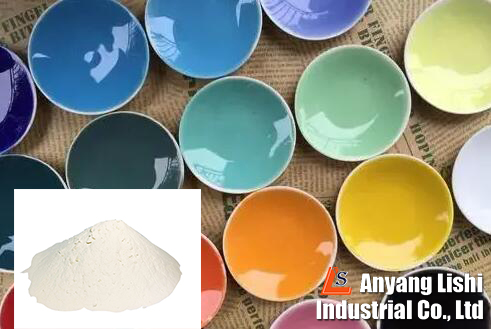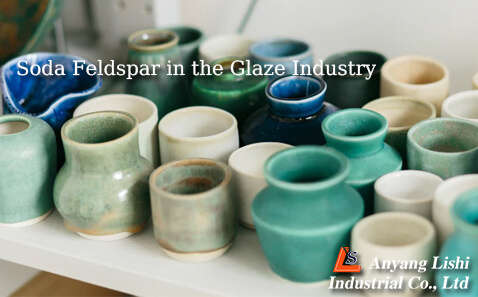
Enamel glaze and ceramic glaze refer to two different types of glazes used in the context of coatings applied to surfaces. Here are the key differences between enamel glaze and ceramic glaze:
Enamel Glaze: Enamel is typically a glassy substance that is fused onto metal surfaces, such as steel or cast iron, through a high-temperature firing process. It often contains a combination of silica, feldspar, borax, and various metal oxides.
Ceramic Glaze: Ceramic glaze is used on ceramic or pottery surfaces. The composition varies but commonly includes silica, alumina, fluxes like feldspar, and colorants. Ceramic glazes are fired onto clay or ceramic objects.

Enamel Glaze
Enamel Glaze: Primarily used on metal surfaces to provide a durable and corrosion-resistant coating. Common applications include kitchenware, appliances, and bathroom fixtures.
Ceramic Glaze: Applied to ceramic or pottery items, including dishes, tiles, and decorative objects, to add color, texture, and a protective layer.
Enamel Glaze: Fused at high temperatures, typically above 700°C (1300°F). The firing process involves melting the glassy enamel onto the metal surface.
Ceramic Glaze: Fired at temperatures ranging from around 900°C to 1300°C (1650°F to 2370°F), depending on the type of clay and glaze composition.
Enamel Glaze: Often glossy, smooth, and resistant to stains. Provides a hard and durable surface with a glass-like finish.
Ceramic Glaze: Comes in a variety of finishes, including glossy, matte, or textured. The appearance can range from vibrant and glossy to more earthy and subdued.

Ceramic Glaze
Enamel Glaze: Mainly used for functional items like kitchen appliances, sinks, and bathtubs, providing a protective and aesthetically pleasing finish.
Ceramic Glaze: Used for artistic and functional purposes on pottery and ceramic items, enhancing the visual appeal and functionality of the objects.
In summary, enamel glaze is specifically designed for metal surfaces, while ceramic glaze is formulated for use on clay or ceramic surfaces. They differ in composition, firing temperatures, and applications, catering to the specific properties of the materials they are meant to coat.

Whether you have questions or you would just like to say hello,Contact us!
Call Anytime:
+86 15837207537Send E-mail:
info@lsakminerals.comAddress:
Anyang City , Henan Province, China.